Cowboy Bebop: "Asteroid Blues" and "Stray Dog Strut"

(This is the first installment of my biweekly recaps of Cowboy Bebop, the TV Tokyo animated series that ran from 1998 to 1999 to cult fascination and critical acclaim. I’ve never seen it! This first installment is available to all subscribers, but future installments will only be available to paid subscribers. You can sign up for a subscription by clicking the button below.)
- “Asteroid Blues” (originally aired October 24, 1998 [Wowow] and September 3, 2001 [Adult Swim])
- “Stray Dog Strut” (originally aired October 31, 1998 [Wowow] and September 3, 2001 [Adult Swim])

The knock against Cowboy Bebop from people I've talked to over the years — even people who like the show — is that it's a show where style matters more than substance. (That criticism has been outpaced by another, which I'll deal with in the roundup of stray observations below.) Watching the first two episodes of the series for the first time, I can see where that idea comes from. "Asteroid Blues" and "Stray Dog Strut" are more interested in presenting a cool world than they are digging into serious themes or sociopolitical commentary.
Here's my response to that criticism: Who cares?
Yeah, these two episodes ultimately boil down to stylish space capers, set in a not-that-far-off future where humanity has spread out into the solar system. What larger points the show is trying to make about the desperate straits of the series' working-class characters are so inherent to the worldbuilding that it doesn't underscore them in any real way. I can sympathize with that point of view, though it misses some important things about how social commentary on genre TV often works.
But these episodes are so cool. Taking one look at this ill-advised promotional tweet attempting to underline how Netflix's 2021 live-action remake worked to replicate the animated series shows just how poppy and colorful this series is when compared to a lot of other TV shows. I am, admittedly, not an anime expert, and certainly, anime is a wildly colorful medium. But even compared to what anime I've seen, Cowboy Bebop is splashy and fun to look at. Compared to much American genre television, which is still heavily influenced by the grimy feel of the original Star Wars trilogy, this show feels like a revelation.
This paragraph is normally when I would drop into plot summary, but the stories of both of these episodes are relatively simplistic A-to-B bounty hunter plots. In "Asteroid Blues," Spike Spiegel and Jet Black visit Tijuana to take down a dangerous criminal who killed a bunch of people in his crime syndicate, then made off with a cache of potentially lucrative drugs. In "Stray Dog Strut," they travel to Mars to track down a man who's stolen a valuable lab animal, who turns out to be an adorable corgi. (The dog's staying on the show! I knew that would happen through cultural osmosis, but I am still ecstatic about this development.)
Because both stories are A-to-B tales, there's not much room for plot complications. By and large, you can likely predict where the episodes will end up based on the plot setups I've given you. "Asteroid Blues" features slightly more of a character arc for Spike by refracting him through the lens of the criminal's doomed girlfriend, who ultimately takes her doom into her own hands. Still, it's not like the show tells deeply complicated stories about humankind. These episodes do not tell stories drenched in subtext.
Should it be? No. Even if the series remains this slight throughout (and given how beloved this show is, I have to imagine other layers are coming soon), Cowboy Bebop has plenty to say about humankind once you look past the stories it's telling and muck around in the background details. To talk about that, we have to talk about how episodic genre TV works.
Procedural worldbuilding and genre TV of the 1990s and 2000s
The streaming era has been a boon for sci-fi and fantasy TV, at least to some degree. Big budgets allow adaptations of beloved novels like Isaac Asimov's Foundation series and Robert Jordan's Wheel of Time books. The question of how faithful those series are to the books they're based on will be answered differently by different fans. But it's hard to deny that they look spectacular.
The massive success of Game of Thrones and feature filmmaking's slow retreat from genre fiction aimed at an audience slightly older than an adolescent one have created a land rush to adapt popular books and comics for TV. The continual improvement of special effects means that networks can create accurate representations of these worlds for less money than they could have a decade ago. Yeah, Prime Video's Lord of the Rings series will be unbelievably expensive, but those costs partially reflect the expense of locking down adaptation rights.
Yet I'm not convinced the stories these big-budget adaptations tell are any better than the slightly chintzier series of my youth. Some of that is probably just my nostalgia poking through, but even more of it stems from my die-hard belief that what TV is best at is telling smaller stories, not presenting grand epics. And Cowboy Bebop very much tells smaller stories.
Yet those smaller stories are already adding up to something bigger. Just across these two episodes, we're getting a sense of a world where income inequality has created a massive criminal underclass, where humanity has settled the solar system, and where genetic experimentation leads to things like "data dogs" and so on. None of these ideas are new to science fiction in isolation, but Cowboy Bebop's particular blend of them is its own wild concoction.
What I'm talking about is something I call "procedural worldbuilding." Here's my definition of that form of episodic storytelling from 2015:
The default mode of a lot of sci-fi and fantasy shows in their early going, procedural worldbuilding involves a slightly more complicated version of the "mostly episodic" structure, wherein episodes are standalone, mostly, but information the characters learn about the world contributes to a growing sense of a larger mythos.
For an example of this that many of you have likely seen, consider the first few seasons of Lost. The Island starts as a big, mysterious place, and in the first season, especially, most episodes introduce a new element that prompts further questions. Season two then starts to tug those mysteries together into a coherent picture of the Island's history, focused primarily on the Dharma Initiative and the Others. Season three deepens that history further, and the show's final three seasons completely shift into a more serialized storytelling mode. That shift is so pronounced that it felt jarring and abrupt when the series briefly attempted to return to procedural worldbuilding mode by introducing a mysterious, never-before-seen temple in the final season. Why were we wasting time on this? The forward momentum of the story was what mattered!
(Sidebar: Procedural worldbuilding is the default mode of much big franchise storytelling right now. The Mandalorian is probably the most prominent example of procedural worldbuilding on television at the moment. It's able to get away with its more episodic stories in an age of serialization simply because we're all so familiar with the Star Wars universe that the "worldbuilding" here is sort of like visiting a beloved theme park. It shouldn't work. It mostly does.)

And you can overdose on procedural worldbuilding, too. Alias, for instance, used this form of storytelling across its first couple of seasons to build out its Rambaldi mysteries. But the longer the show ran, the less the Rambaldi plot made coherent sense because the amount of stuff the show attributed to one man became confusing and hard to track. (I suspect this is why Lost shifted as much of its storytelling from mystical characters to mystical organizations.) Similarly, the alien conspiracy in The X-Files started to feel incoherent when it was so powerful that it seemed to have manipulated every human event from the 1940s onward.
That may be why the term is "procedural worldbuilding." The setting of a show can contain endless multitudes. If Lost had said the Island had an elaborate underground system of caves that contained a lost civilization of intelligent dinosaurs... I mean, it would have been ridiculous, but so long as the show introduced a storytelling swing that big in its early going, I would have gone with it for a while. (That very idea is more or less the concept of the Lost-alike series La Brea, for instance.)
But the more you hone in on that setting, the more you boil it down to a single organization or even a single character, the harder it becomes to keep coming up with the new elements necessary to keep the episodic nature of procedural worldbuilding going. Almost every procedural worldbuilding show eventually shifts into a more standard serialized storytelling mode, and managing that shift is often where these series "jump the shark." My favorite season of Lost is its fifth, where the show is perhaps at its most serialized, but the time-travel shenanigans of that season lost many fans.
Cowboy Bebop shows how procedural worldbuilding can also deepen characters via implication
At the end of "Stray Dog Strut," I don't know much about either Spike Spiegel or Jet Black. I have a vague sense of Spike's moral code, and I know their occupations. But I know little about their pasts beyond hints that Spike has some sort of tragedy buried there. (At least, I think that's what the abstractionist montage that opens the series means to convey. It could also be a flash-forward!)
Yet because I'm starting to know quite a bit about the ruthless amorality of the world they operate in, I get a good sense of them as people anyway. Spike is fearless, and he has a sense of not just when to do the right thing but what the right thing might look like. Jet wants to take in the dog they find, while Spike dislikes it. Both perform acts of derring-do as though that's something they pull off every day.
Their very boredom with the world they occupy tells us something about both the world and them. A criminal changing his appearance via plastic surgery would be the big idea of some other show. On Cowboy Bebop, it's an inconvenience, to be sure, but ultimately just another day at the office.
Am I claiming any of this is revolutionary? Again, no. "One character loves a dog, and another doesn't" is one of the oldest storytelling tricks in the book. (The entirety of "Stray Dog Strut" ends up being more or less replicated by the first two episodes of The Mandalorian, for instance.) But the simplicity of the storytelling works in concert with the complexity of the world. The world teaches us about the characters, and the characters teach us about the world. It's how procedural worldbuilding works, and Cowboy Bebop is already very, very good at it.
I might boil this down in an even more straightforward fashion: The style of this series is the substance, at least right now. The actual plots of these episodes are so easy to follow a kid could explain them to you without much fuss. But lurking around the edges of those plots, bopping along in the story's background, are so many elements that suggest a world where so many of the worst trends of our present have just continued as we've colonized other planets.
Cowboy Bebop already asks you to consider what that means. And by asking the question, it's already providing a hint of an answer.
Also, like, they keep the dog. I don't know what to tell you. 10/10. Great television.

Other thoughts I thought:
- When writing down the "original" airdates of these episodes, it can be complicated to figure out just what aired when. Thus, I'll be including three air dates when possible: initial broadcast on TV Tokyo, later broadcast on Japanese satellite network Wowow, and American debut on Adult Swim. However, several episodes never aired on TV Tokyo (including these two!). The Adult Swim run began eight days before the September 11 terrorist attacks, which will also complicate what airs when. We'll get to it when we get to it.
- The vials spilling out of Katerina's fake pregnancy belly are a great visual touch. I especially liked how those visuals intersected with the lack of gravity in the final sequence set in space.
- It is difficult to overstate how rad the opening credits for this show are. I know that the idea here is that every episode is a "session," and the episode titles are musical references of one sort or another, too. But the title sequence underscores how much this show is going to feel like doodling in a notebook while listening to a Spotify playlist named something like "Creative Energy."
- The initial shot of the city on Mars, which seems like it was built into an enormous crater, is a nifty bit of visual worldbuilding. I feel similarly about the moments with the gates out in space.
- I know that the standard beef against the show Firefly is that it ripped off a lot of this show's iconography, particularly the "Western blended with a sci-fi show" vibe. I see it, but I also feel like both shows are very different spins on the same concept.
- The little cuts to the truly bizarre Bounty Hunter variety show feel like a good indication of where this show is headed tonally. I dig it.
- As mentioned above, this is the first time I've ever seen this show. I honestly don't mind spoilers all that much, but let's try to keep them mostly out of comments for the benefit of others who might watch along.
Emily establishes her (total lack of) anime bona fides
I wanted to watch this show because many anime fans have recommended it to me numerous times as a good gateway anime. It won't be my first anime, but it will be very close. Still, I often won't have any idea what's going on, or what common tropes the series is riffing on. Bear with me.
If you're wondering what I've seen before, it's kind of what you'd expect a pretentious white American TV critic lady to have seen: almost all Studio Ghibli, Neon Genesis Evangelion (and End of Evangelion), the films of Satoshi Kon, a bunch of theatrically released anime of the past five-ish years, some Sailor Moon, and a few other spare things here and there. I have also more or less absorbed Ghost in the Shell and Akira via how heavily they've influenced other things, though I realize that's not the same as seeing them. (I will someday.)
Anyway, I am not an anime expert, but I'm also less of a neophyte than I was even a year ago. I'm excited to figure out where this series fits into the broader world of the medium. I can already tell it's going to be weirdly horny, but without the self-loathing that always made Evangelion's horniness tolerable. Seems great.
On February 7: I get to meet Faye Valentine, a character I already know about via cultural osmosis, in "Honky Tonk Women" and "Gateway Shuffle." Remember: Only subscribers will have access to this post.
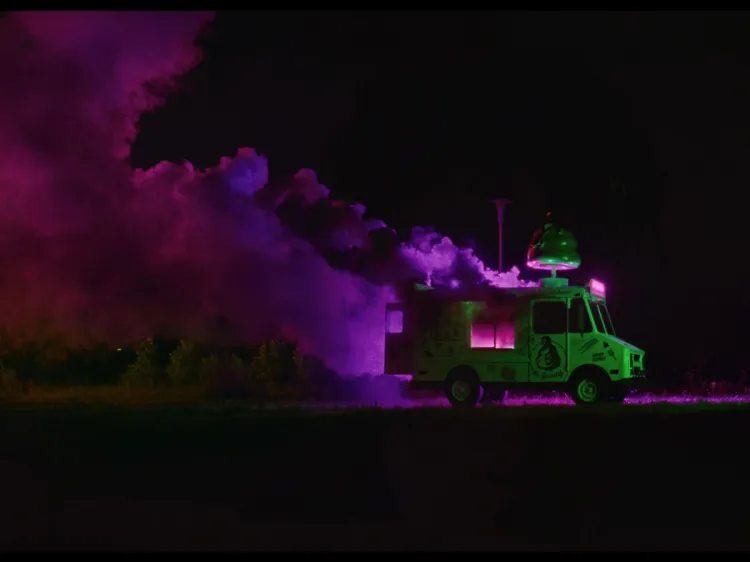
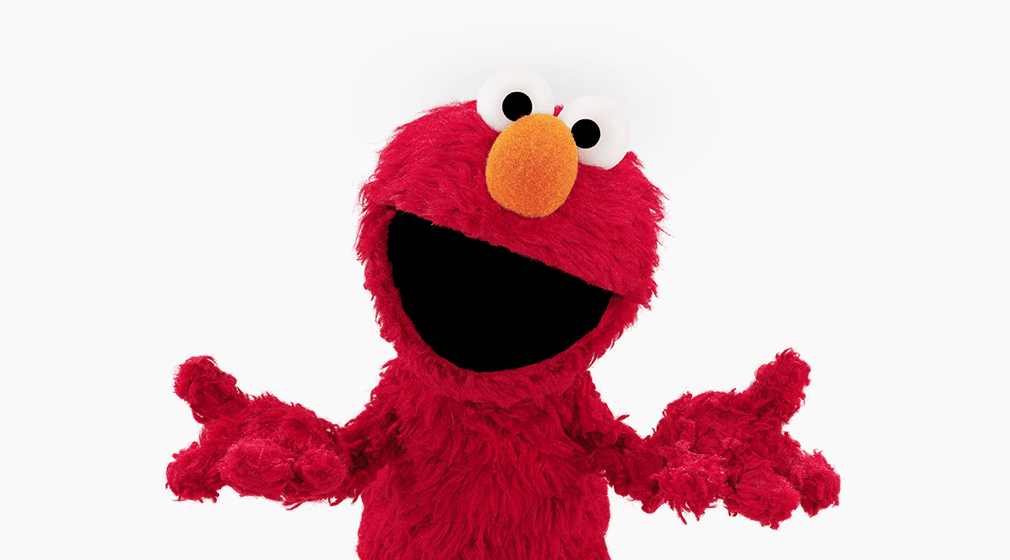
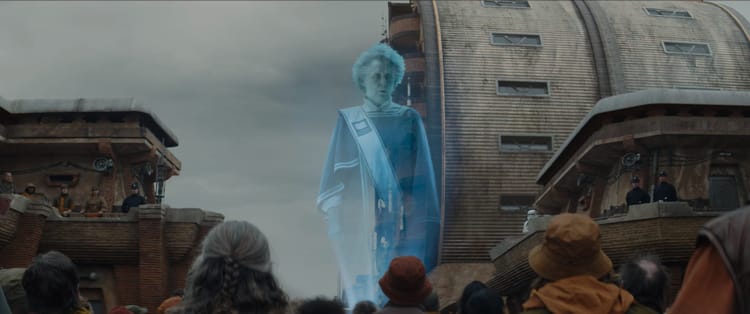
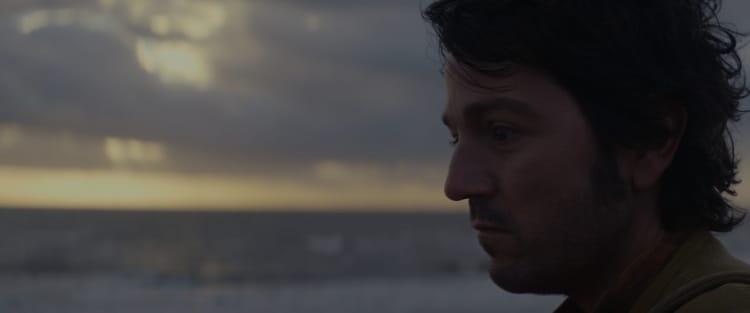
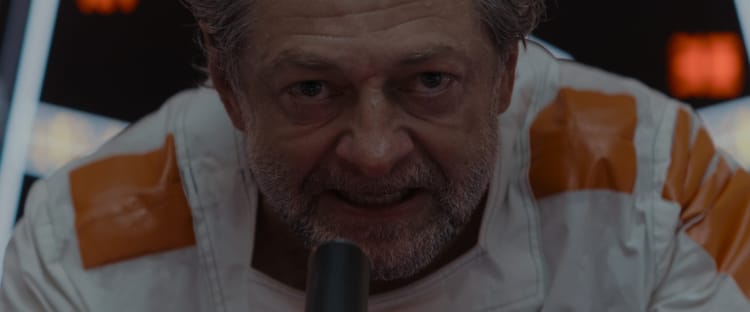
Member discussion